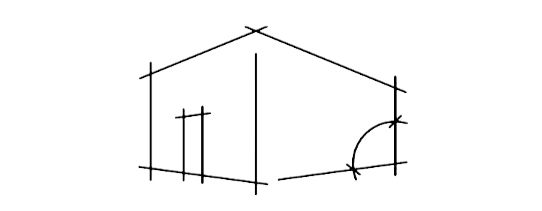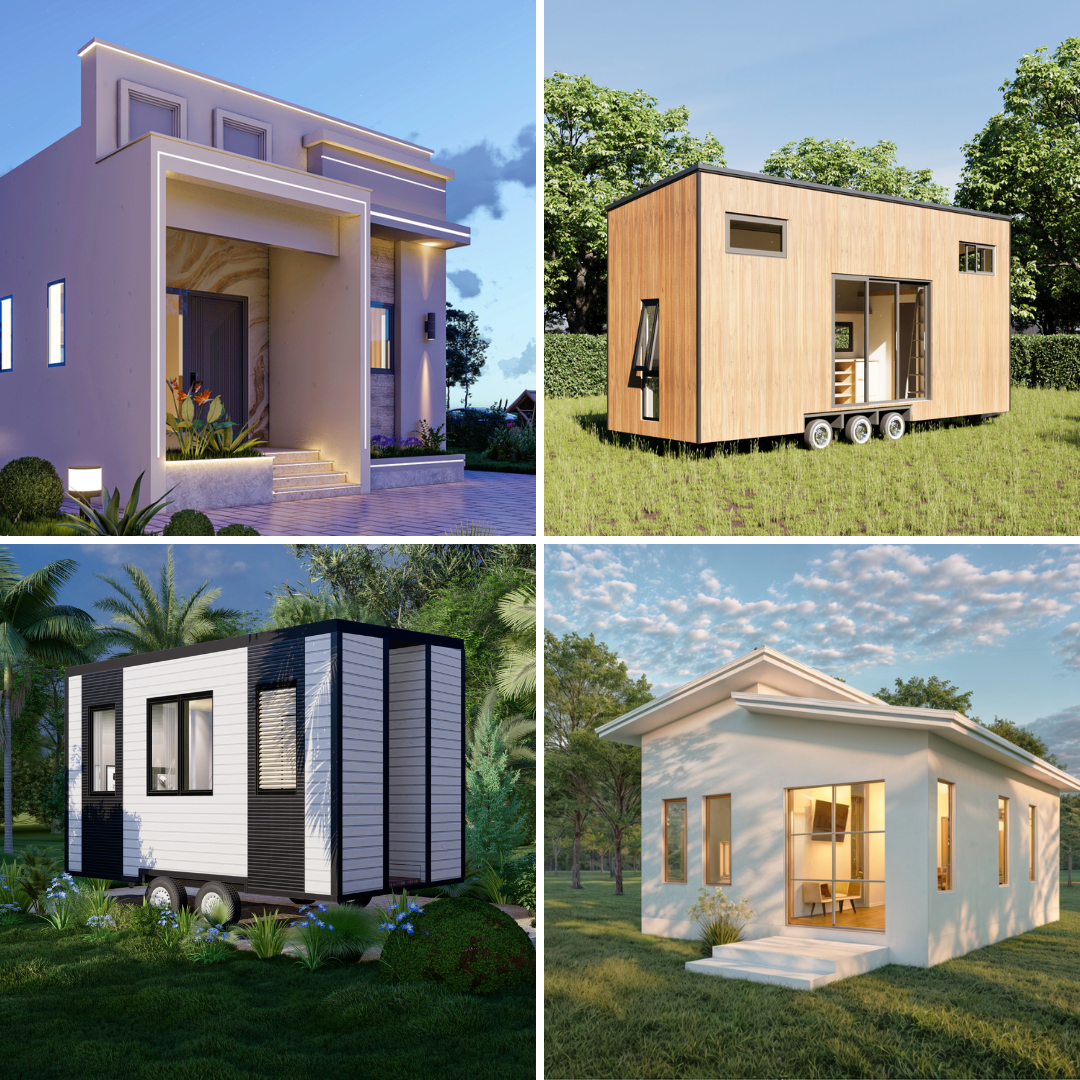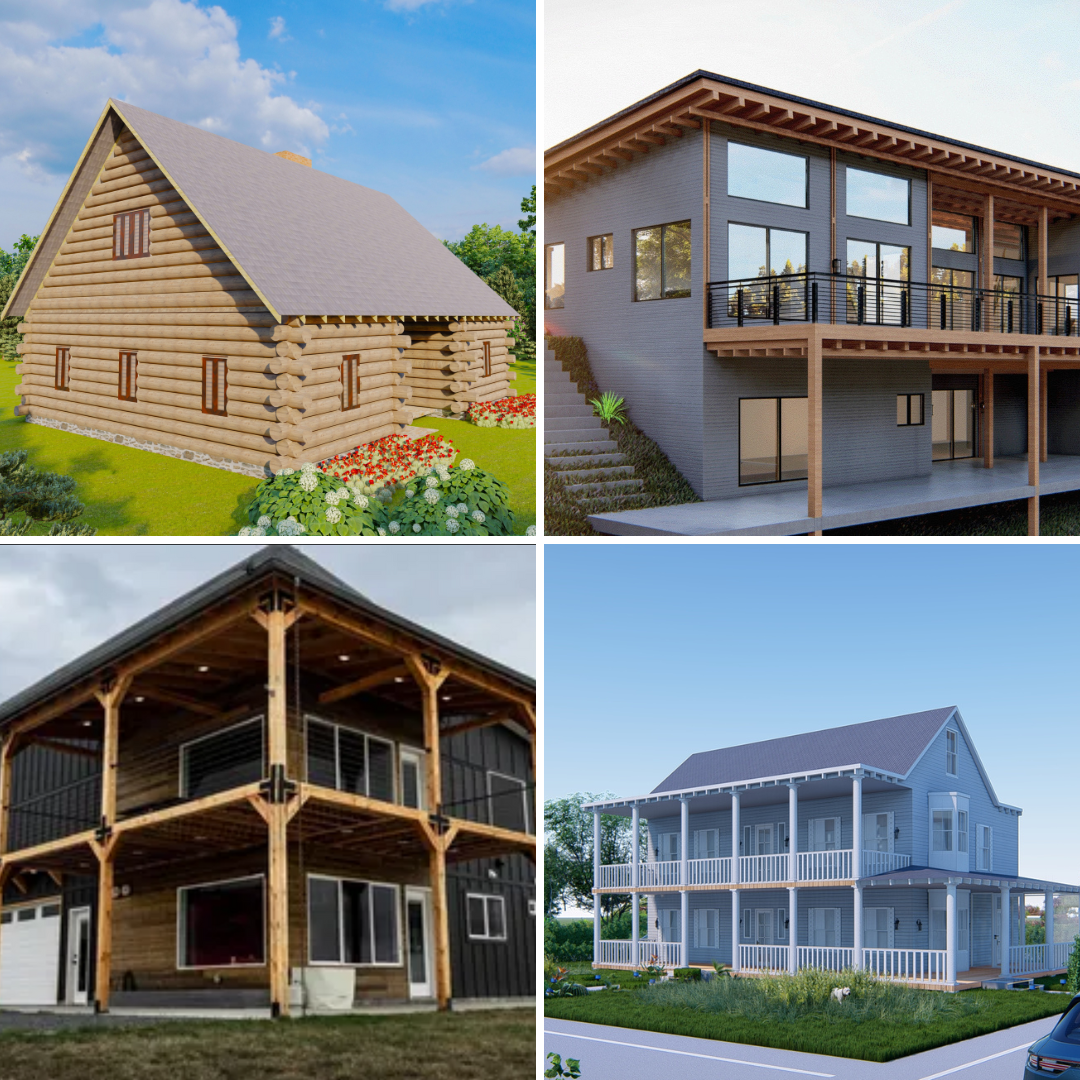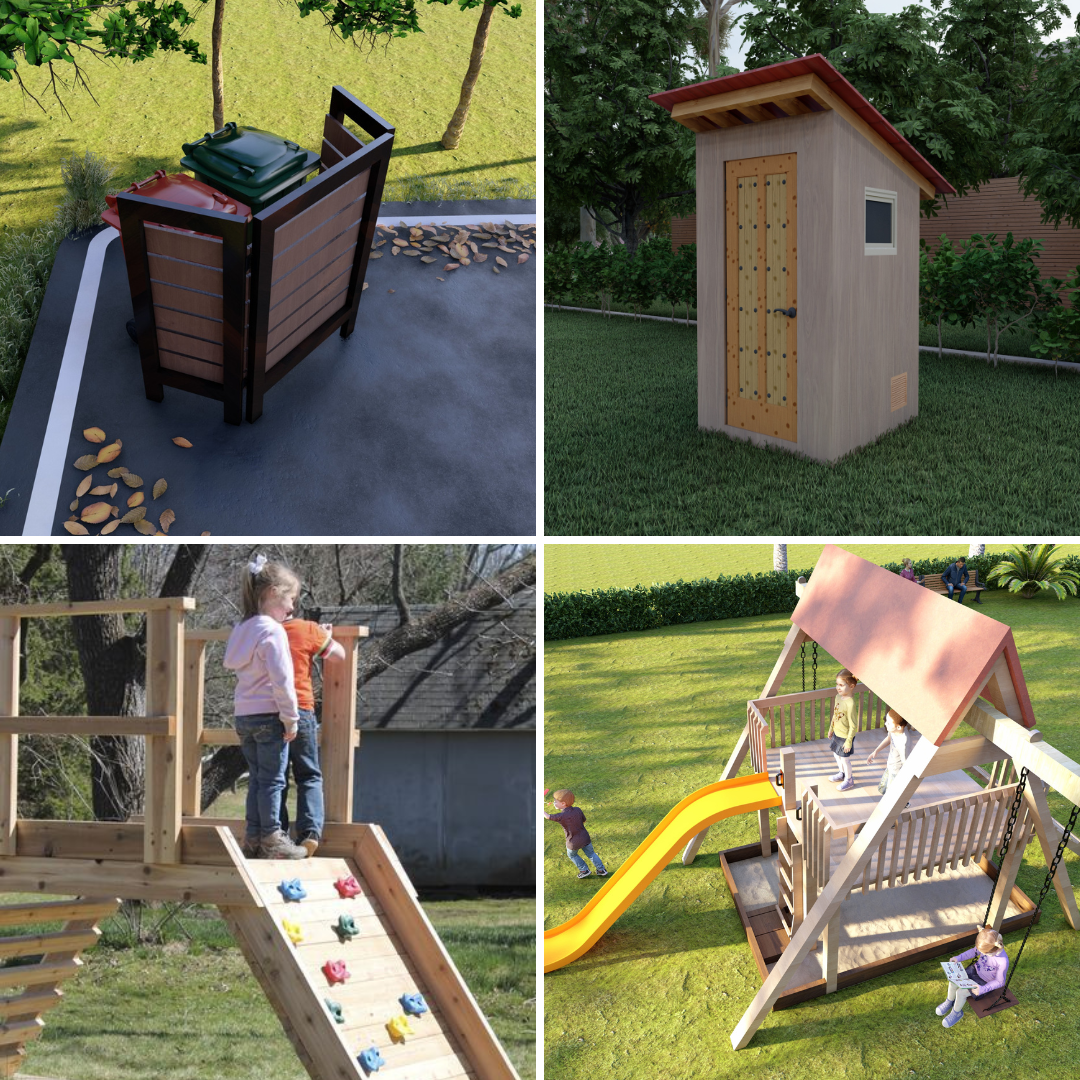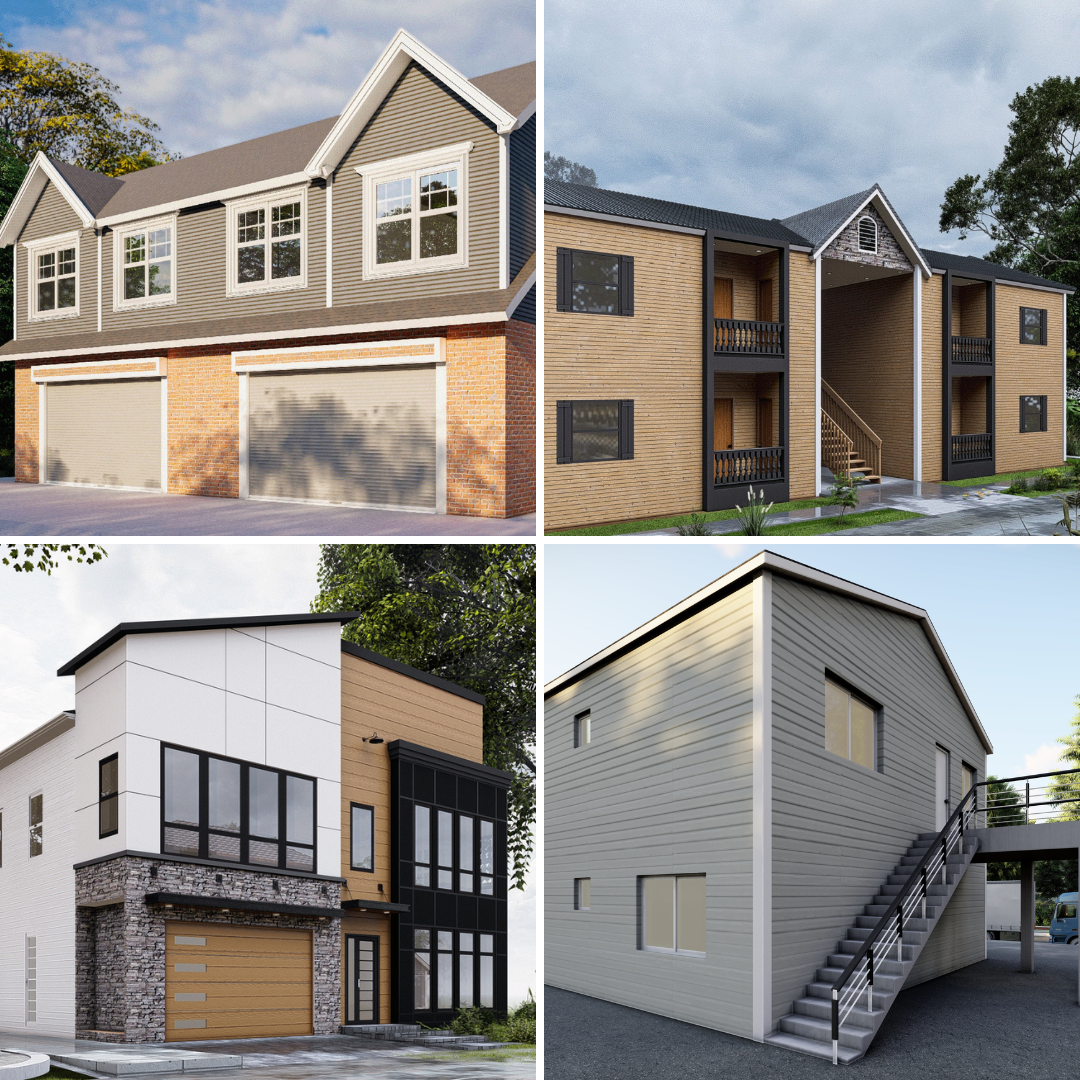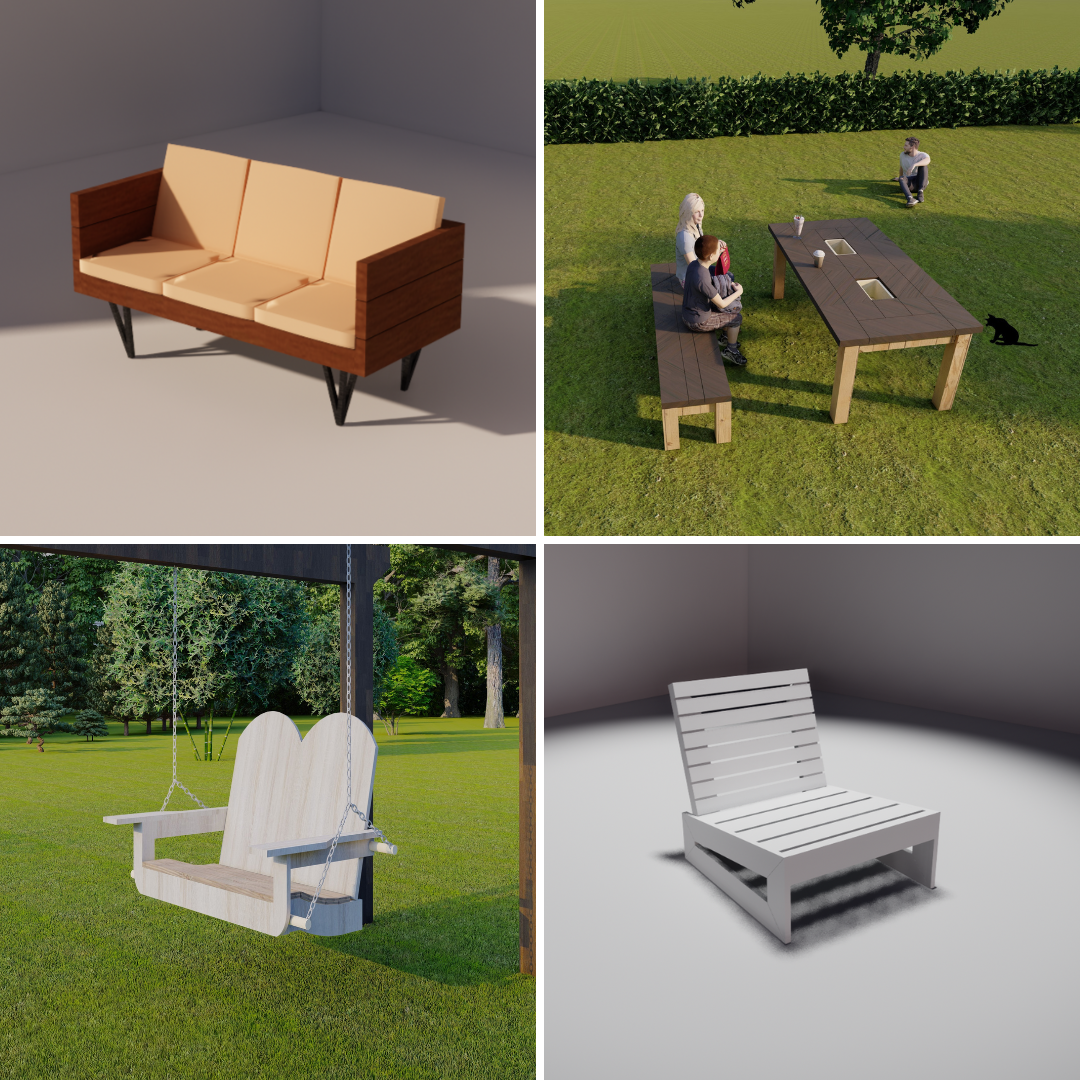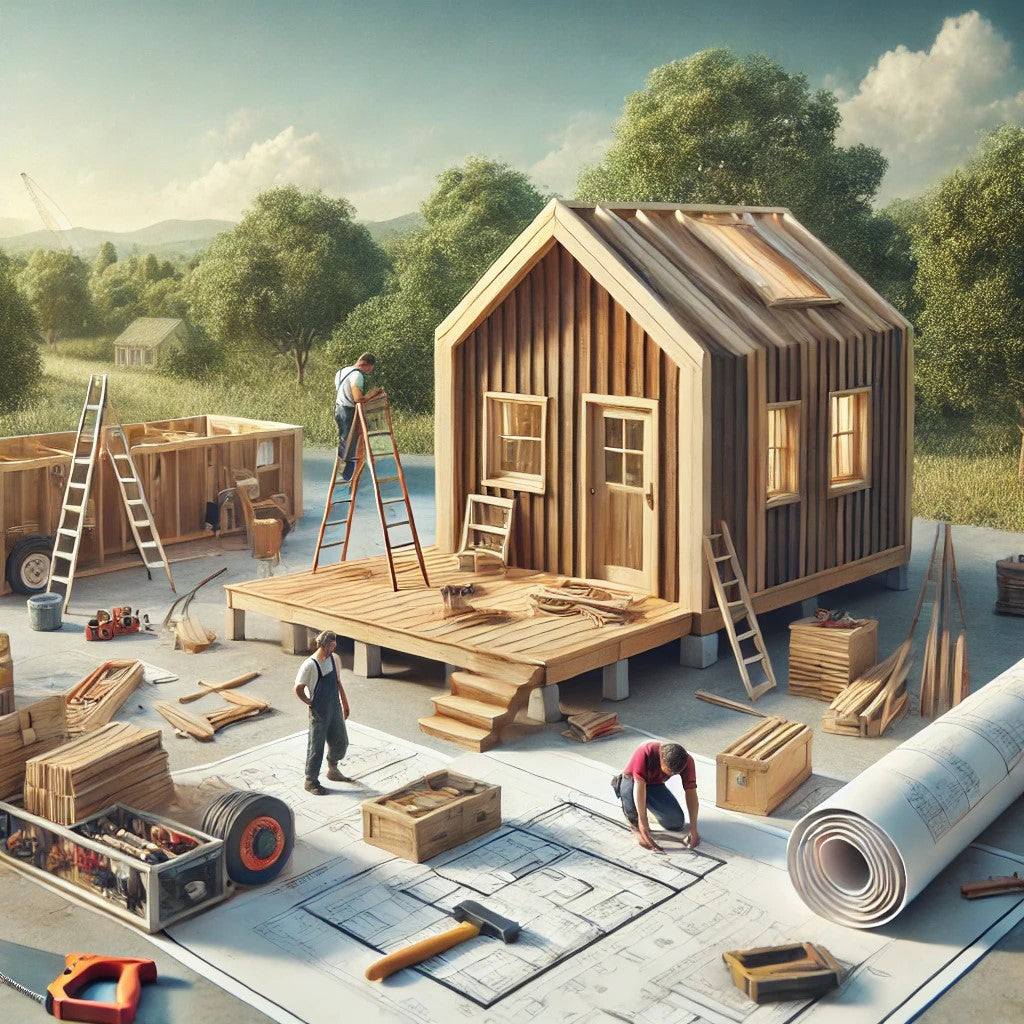
Tiny Home Blueprints: What You Need to Know Before You Build
Share
Embarking on the journey to build your own tiny home is an exciting and rewarding venture. But before you dive into construction, there are critical factors you need to understand. Whether you're designing your dream tiny home or selecting a pre-designed plan, knowing what’s involved will save you time, money, and headaches. For instance, How Much Does It Cost to Design and Build Your Own Home? Understanding the budget requirements is one of the first steps to making your dream a reality.
Once you’ve tackled the cost considerations, it’s time to focus on the practicalities of the building process. One resource to guide you through every stage is The FULL Tiny House Building Checklist. This comprehensive guide ensures you don’t overlook essential details, from securing permits to choosing materials.
1. Understanding Zoning Laws and Building Codes
One of the biggest hurdles for aspiring tiny home builders is navigating local zoning laws and building codes. These regulations vary widely depending on your location and can determine where and how you can build your tiny home. Here’s what you need to know:
-
Zoning Laws: Zoning laws dictate the types of structures allowed in specific areas. Some regions welcome tiny homes, while others have restrictions. For example, certain areas may only permit tiny homes as accessory dwelling units (ADUs) or for temporary use.
-
Building Codes: Building codes ensure structures are safe and habitable. Tiny homes must meet specific safety standards, which often include electrical systems, plumbing, and insulation requirements. If your tiny home is on wheels, additional codes related to mobility and vehicle safety may apply.
Before you start building, consult local officials or hire a professional familiar with zoning and building codes in your area. This step can save you from costly mistakes and potential legal issues down the road.
2. Choosing the Right Blueprint for Your Lifestyle
Your blueprint is the foundation of your tiny home—literally and figuratively. The design you choose will impact your daily comfort, energy efficiency, and the overall aesthetic. Here’s how to select the perfect plan:
-
Assess Your Needs: Start by listing your must-haves. Do you need a dedicated workspace, a full kitchen, or ample storage? Your lifestyle should guide your blueprint selection.
-
Think About Mobility: Decide if you want a stationary tiny home or one on wheels. Tiny homes on wheels (THOWs) offer mobility and flexibility but may have size and weight limitations.
-
Customization Options: Many tiny home blueprints are customizable. Consider working with a designer to adapt a pre-existing plan or create something entirely unique to suit your vision.
Investing in a well-thought-out blueprint will make the construction process smoother and ensure your tiny home meets your expectations.
3. Budgeting for Materials and Labor
Building a tiny home can be more affordable than constructing a traditional house, but costs can still add up quickly. Creating a realistic budget is crucial to avoid surprises during the build. Here are key considerations:
-
Material Costs: From lumber and insulation to fixtures and appliances, the materials you choose will significantly impact your budget. Opt for durable, high-quality materials that align with your style and needs.
-
Labor Expenses: If you’re hiring professionals for design, construction, or installation, account for these costs in your budget. On the other hand, going the DIY route can save money but may require more time and effort.
-
Hidden Costs: Don’t forget to budget for less obvious expenses like permits, utility hookups, or tools. It’s always a good idea to set aside a contingency fund for unexpected costs.
With careful planning and research, you can create a budget that supports your tiny home dream without breaking the bank.
By addressing these three critical areas—zoning laws and building codes, choosing the right blueprint, and budgeting for materials and labor—you’ll be well-prepared to build a tiny home that fits your lifestyle and needs. The journey may require effort and attention to detail, but the result is a space uniquely yours. Happy building!
